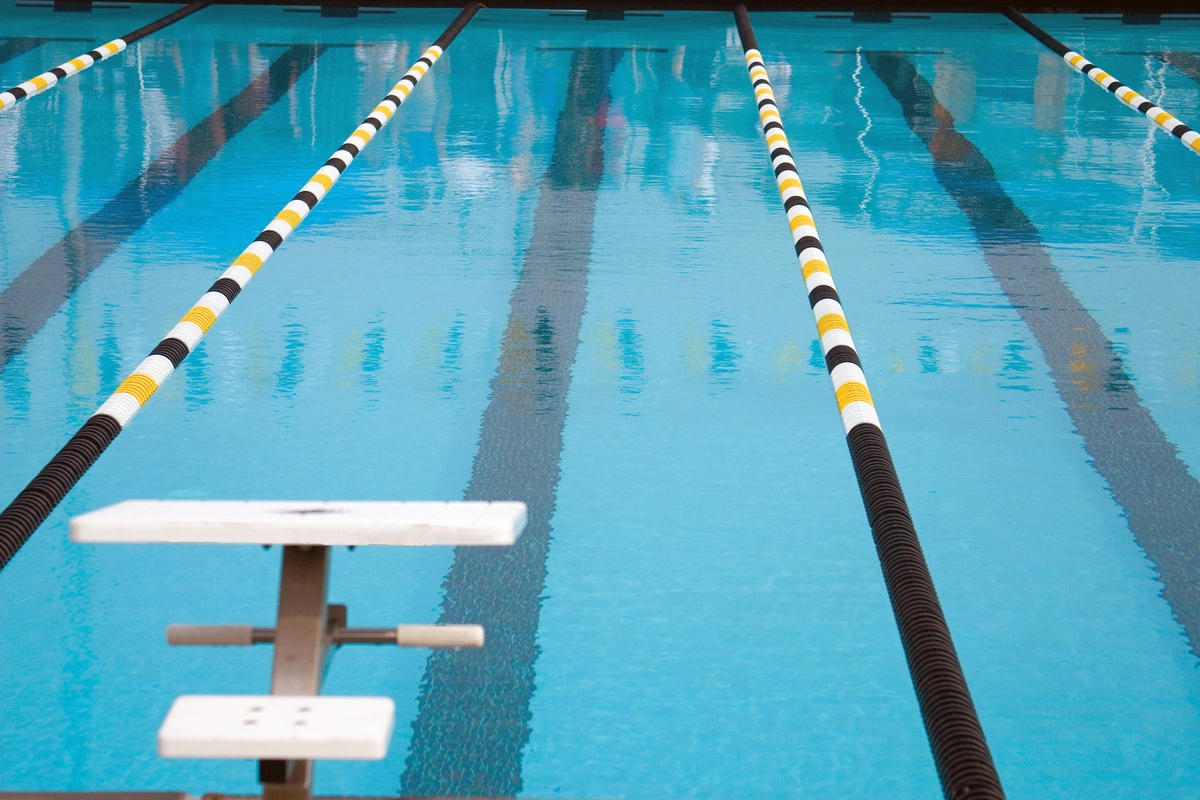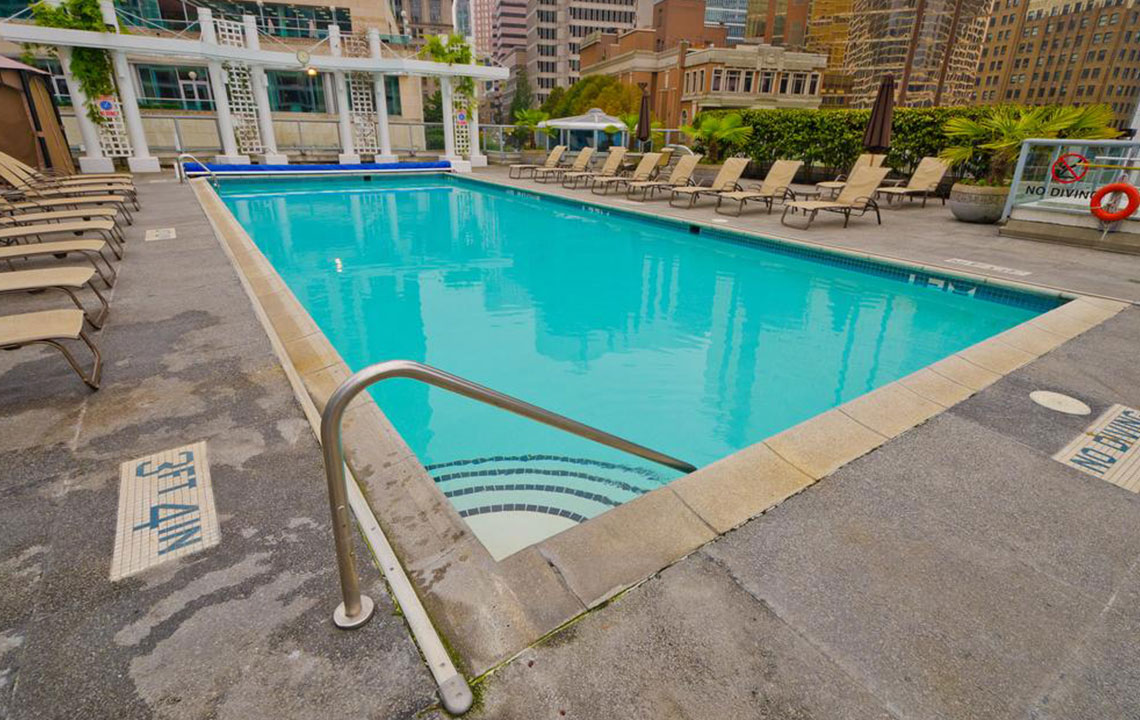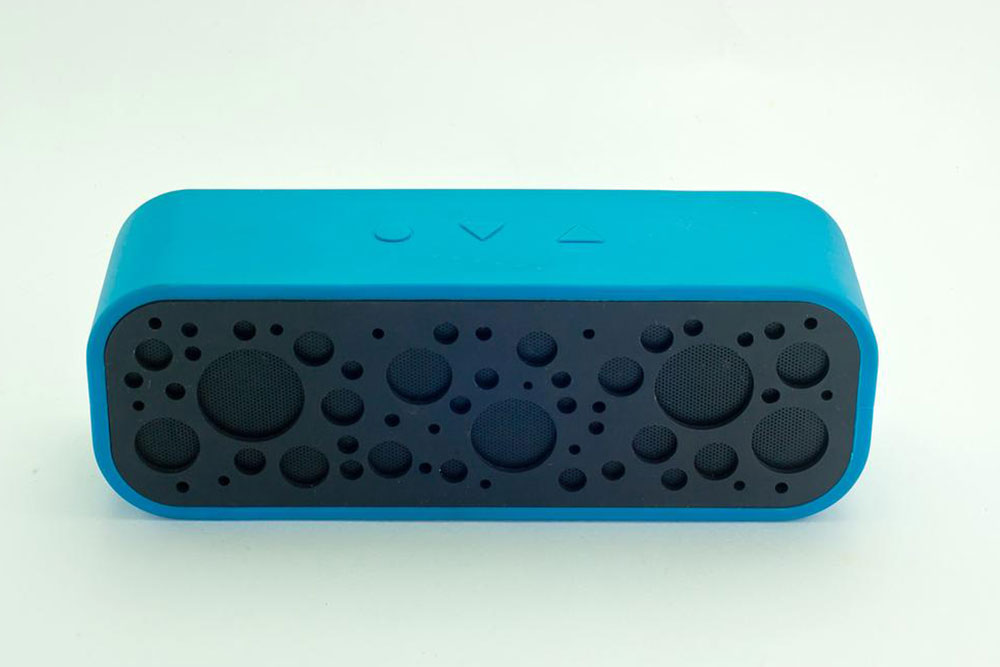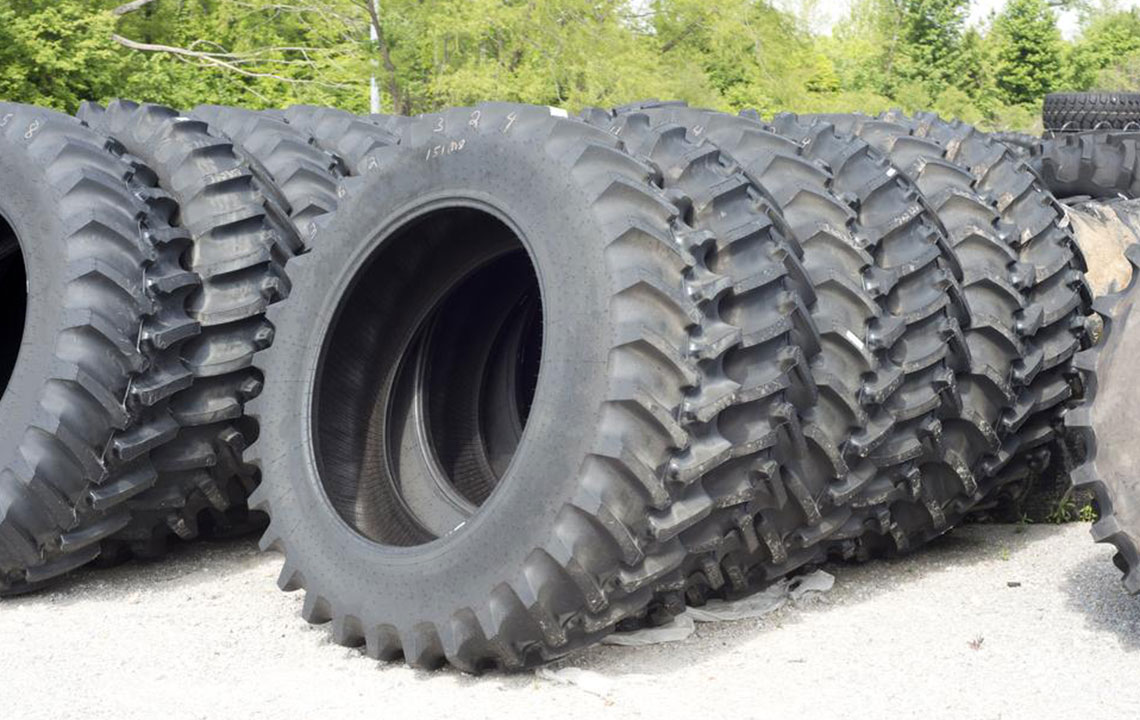Key Factors Affecting Pool Size Pricing and Investment
Discover the primary factors influencing pool size costs, from construction materials and design to permits, maintenance, and regional variations. This guide helps homeowners budget effectively for their dream pool, balancing features, expenses, and long-term upkeep for a rewarding investment.

Key Factors Affecting Pool Size Pricing and Investment
Owning a private pool is a popular goal for many homeowners, enhancing property value and offering a relaxing retreat. Before building, it's important to understand the cost factors involved. This article explores the main elements that influence pool size pricing, helping homeowners plan their investment wisely.
1. Construction Expenses
Material Selection:
The choice of construction material greatly impacts costs. Typical options include:
– Concrete: Highly durable and customizable but at a higher price point, allowing for unique shapes and designs.
– Fiberglass: Pre-formed and quicker to install, generally more affordable than concrete.
– Vinyl: The most economical choice, with patterned liners, but may require replacements every 5-10 years.
Pool Dimensions and Design:
Larger pools need more materials and labor, increasing costs. Custom or unusual shapes add cost due to specialized construction needs.
Excavation and Site Considerations:
Terrain type, accessibility, and site complexity influence excavation costs. Rocky or hilly land often demands more effort and machinery, raising expenses.
Additional Elements:
Features like waterfalls, diving boards, slides, and lighting improve visual appeal but come with extra costs.
2. Permits and Regulatory Compliance
Securing permits is mandatory in most areas, with costs varying by location. Meeting safety standards may require fencing, alarms, or safety covers, adding to overall expenses.
3. Long-term Maintenance and Operational Expenses
Water Care:
Keeping water clean involves chemicals like chlorine, pH balancers, and algaecides. Automated systems can reduce ongoing labor but may increase initial investment.
Energy Consumption:
Operating pumps, heaters, and filtration systems consumes energy. Upfront investment in efficient equipment can lower monthly costs.
Repairs and Upgrades:
Over time, pools require repairs—liner replacements, surface refurbishments, or plumbing fixes. Regular inspections can minimize unexpected expenses.
4. Enhancements and Modernizations
Landscaping, patios, and decks add to the overall outdoor setup, increasing costs. Safety features such as covers, childproof fencing, and alarms are popular additions for peace of mind.
Technological upgrades like smart cleaning, IoT monitoring, and app-controlled features enhance convenience but come at a premium initially, potentially reducing maintenance costs over time.
5. Regional and Seasonal Variations
Climate influences heating needs and winterization costs. Regions with colder climates require more robust heating systems, while warm areas prioritize cooling and filtration efficiency.
Seasonal demand affects pricing, with off-season projects often being cheaper due to lower labor and material costs. Local economic factors, including contractor rates and material prices, also impact overall costs.
Understanding these factors helps homeowners budget properly for their pool project. From initial costs to ongoing maintenance, regional influences, and optional features, a thorough plan ensures the dream pool fits both budget and expectations. Consulting professionals and obtaining multiple quotes can further optimize costs and planning. Maintaining a proactive maintenance routine will keep the pool in top condition for years of enjoyment.
Note:
The information provided aims to guide homeowners through the key cost factors involved in pool ownership. While comprehensive, it should not replace professional advice or official estimates. Variations in local regulations and market conditions may affect actual costs. Use this as a foundation for planning and consult local experts for precise budgeting.










